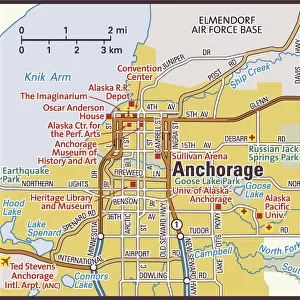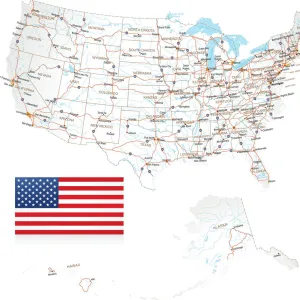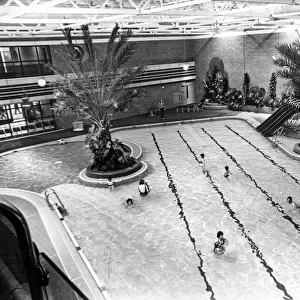Fossil sea scorpion or Eurypterid
![]()

Wall Art and Photo Gifts from Science Photo Library
Fossil sea scorpion or Eurypterid
Fossil sea scorpion or eurypterid in a mudstone deposit. Sea scorpions are an extinct group of arthropods which lived from the Ordovician to the Permian periods (500 to 225 million years ago). They lived in salty, brackish, & freshwater seas. They were related to horsehoe crabs, but not to the land scorpions which they happen to resemble. Eurypterids had a flattened pair of legs for swimming, and four to five pairs of walking legs. They captured their prey with sharp, pincer-like appendages (chelicerae). Photograph of a eurypterid found in a deposit from the Devonian period (395-345 million years ago), a time when eurypterids were the dominant arthropods
Science Photo Library features Science and Medical images including photos and illustrations
Media ID 6369707
© KAJ R. SVENSSON/SCIENCE PHOTO LIBRARY
Fossil Fossil Invertebrate Fossils Eurypterid Mud Stone Palaeontology Sea Scorpion
EDITORS COMMENTS
This print showcases a remarkable fossil sea scorpion or eurypterid, preserved in a mudstone deposit. These fascinating creatures thrived from the Ordovician to the Permian periods, spanning an impressive 500 to 225 million years ago. Found in various types of aquatic environments such as salty, brackish, and freshwater seas, they were distant relatives of horseshoe crabs but bore a striking resemblance to their land-dwelling counterparts. Eurypterids possessed unique adaptations for swimming with their flattened pair of legs while also boasting four to five pairs of walking legs. Their hunting prowess relied on sharp and pincer-like appendages called chelicerae which enabled them to capture prey effectively. This particular photograph captures an eurypterid specimen dating back to the Devonian period, approximately 395-345 million years ago when these arthropods reigned supreme. As we delve into this mesmerizing image captured by Science Photo Library, we are transported back in time - witnessing the dominance and complexity of ancient marine ecosystems. Fossils like this provide invaluable insights into Earth's prehistoric past and allow us to marvel at the incredible diversity that once existed beneath our planet's waters.
MADE IN THE UK
Safe Shipping with 30 Day Money Back Guarantee
FREE PERSONALISATION*
We are proud to offer a range of customisation features including Personalised Captions, Color Filters and Picture Zoom Tools
SECURE PAYMENTS
We happily accept a wide range of payment options so you can pay for the things you need in the way that is most convenient for you
* Options may vary by product and licensing agreement. Zoomed Pictures can be adjusted in the Basket.






